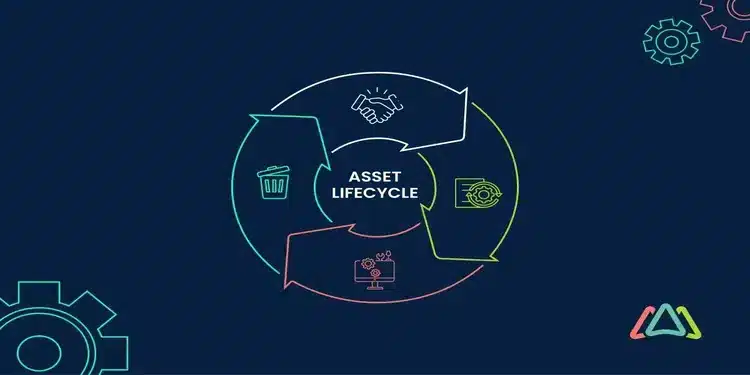Asset lifecycle management involves the systematic management of assets from acquisition to disposal. Throughout this lifecycle, businesses face various risks, including equipment failure, data breaches, regulatory non-compliance, and financial losses. Mitigating these risks and ensuring compliance is vital to protect assets and maintain business continuity. Let’s explore strategies to address risks and achieve compliance in asset lifecycle management.
Understanding Asset Lifecycle Management
Asset lifecycle management encompasses the stages of planning, acquisition, utilization, maintenance, and retirement of assets. Each stage presents unique risks and compliance considerations. To effectively mitigate risks and ensure compliance, businesses must have a clear understanding of their assets, associated processes, and regulatory requirements.
Identifying Risks in Asset Lifecycle
The first step in risk mitigation is identifying potential risks in the asset lifecycle. This includes assessing risks related to asset acquisition, operational usage, maintenance practices, and end-of-life disposal. Some common risks include equipment breakdowns, security breaches, environmental impacts, and non-compliance with industry standards. By identifying these risks, businesses can develop targeted strategies to mitigate them effectively.
Implementing Risk Mitigation Strategies
Once risks are identified, it is crucial to implement risk mitigation strategies. This involves proactive measures to reduce the likelihood and impact of risks. Strategies may include regular maintenance and inspections, implementing security controls, ensuring data backups and disaster recovery plans, and investing in reliable asset tracking systems. By implementing these strategies, businesses can minimize the occurrence of risks and protect their assets.
Compliance in Asset Lifecycle Management
Compliance refers to adhering to legal, regulatory, and industry requirements throughout the asset lifecycle. Compliance ensures that businesses operate ethically, responsibly, and within the boundaries of applicable laws. Failure to comply with regulations can lead to financial penalties, legal repercussions, and damage to reputation. Effective compliance in asset lifecycle management is crucial for sustainable operations.
Importance of Regulatory Compliance
Regulatory compliance is of utmost importance in asset lifecycle management. It ensures that businesses meet legal obligations, industry standards, and environmental regulations. Compliance helps protect the interests of stakeholders, including employees, customers, and the community. By adhering to regulations, businesses can create a safe working environment, minimize risks, and build trust with stakeholders.
Establishing Compliance Frameworks
To achieve compliance, businesses should establish comprehensive compliance frameworks. These frameworks define policies, procedures, and controls to ensure adherence to regulations. Compliance frameworks should address areas such as data security, equipment maintenance, environmental impact, and occupational health and safety. By establishing robust frameworks, businesses can create a culture of compliance and guide employees in following regulatory requirements.
Training and Awareness Programs
To ensure compliance, businesses must invest in training and awareness programs for employees. Training programs should cover regulatory requirements, best practices, and the importance of compliance in asset lifecycle management. By educating employees about compliance obligations, businesses can promote responsible behavior, identify potential compliance issues, and prevent non-compliance risks.
Regular Audits and Assessments
Regular audits and assessments are essential to evaluate compliance levels and identify areas for improvement. Internal audits and third-party assessments help businesses identify compliance gaps, assess the effectiveness of existing controls, and implement corrective actions. By conducting regular audits, businesses can proactively address compliance issues and ensure continuous improvement.
Embracing Technology Solutions
Technology plays a vital role in mitigating risks and ensuring compliance in asset lifecycle management. Businesses can leverage asset management software, data analytics tools, and IoT technologies to monitor assets, detect anomalies, and streamline compliance processes. Automation and digitalization minimize human errors, enhance data security, and provide real-time visibility into asset performance.
Mitigating risks and ensuring compliance in asset lifecycle management is essential for businesses to protect their assets and maintain operational efficiency. By understanding the risks, implementing risk mitigation strategies, and establishing compliance frameworks, businesses can navigate regulatory requirements effectively. Training programs, regular audits, and technology solutions contribute to sustainable compliance practices. By proactively addressing risks and adhering to regulations, businesses can optimize asset lifecycle management and achieve long-term success.








